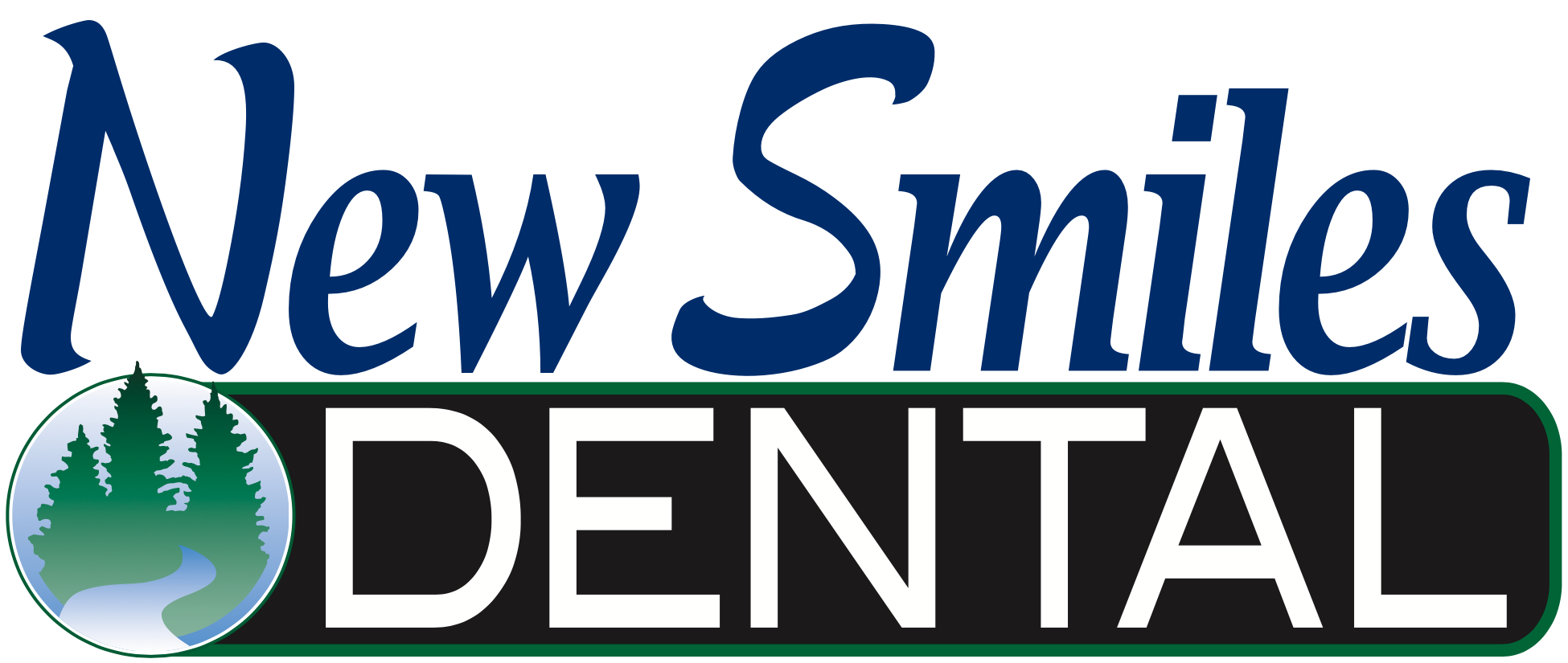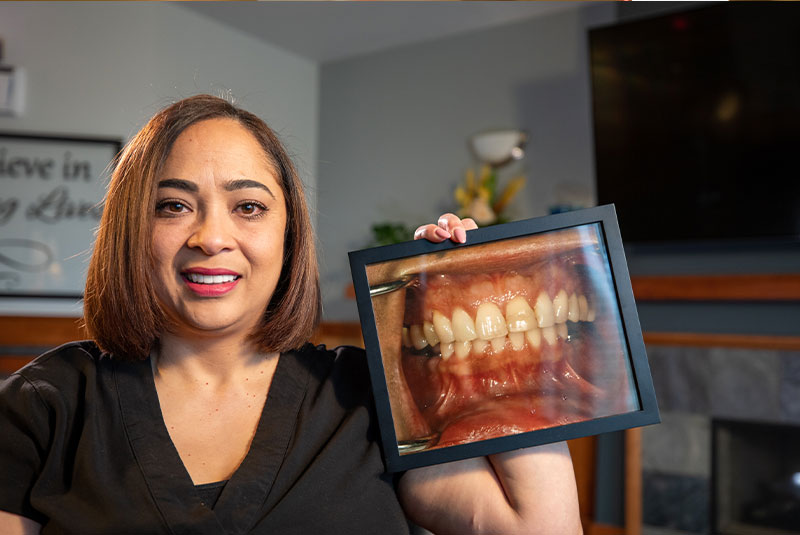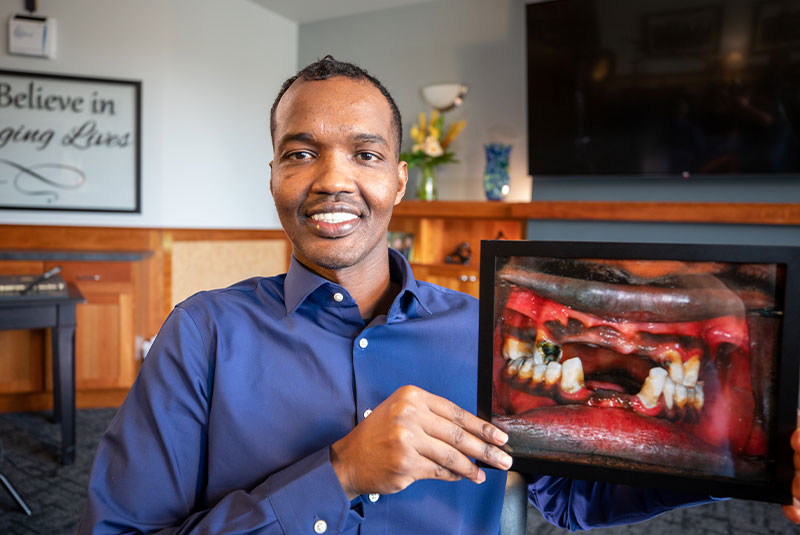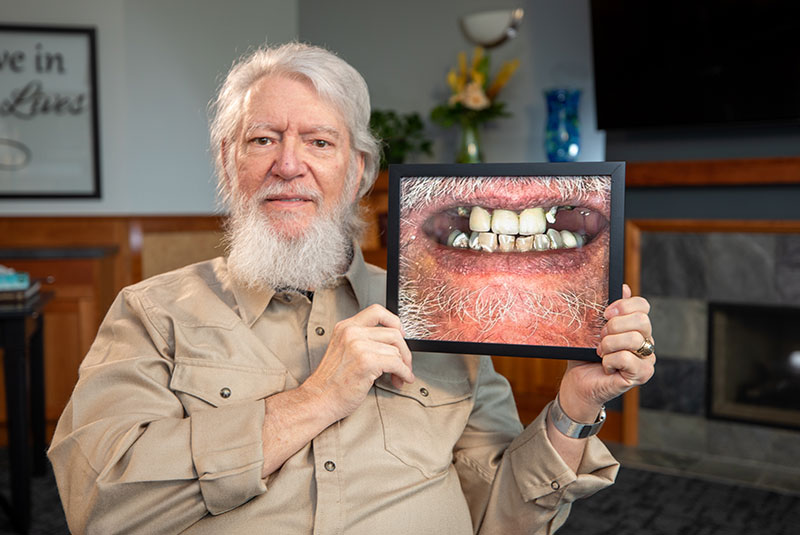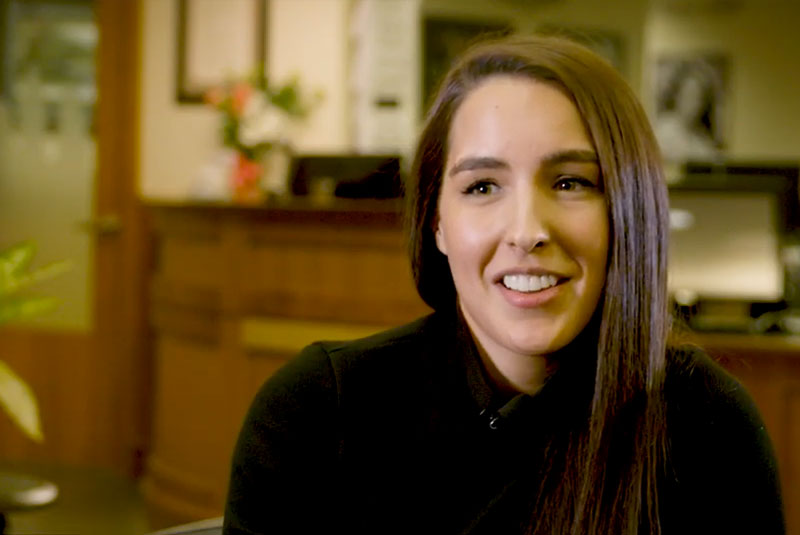This dental implant review in Sherwood, OR gives a clear, practical look at what to expect before getting dental implants. It’s written for people weighing options for missing teeth, those who have dentures, and anyone researching long-term tooth replacement. Read on to learn what implants are, benefits and risks, candidacy factors, the treatment steps, costs, and how to choose the right provider for your needs.
What Are Dental Implants?
Dental implants are a way to replace missing teeth with parts that act like natural tooth roots and crowns. This section breaks the parts and common restorations down into easy terms.
Basic components
The three main parts are:
- Implant body (fixture): a small titanium or ceramic post placed into the jaw that becomes the new root.
- Abutment: a connector that joins the implant to the visible tooth piece.
- Crown/prosthesis: the visible tooth replacement, made from porcelain, zirconia, or other materials.
Types of implant restorations
Common restoration types include:
- Single-tooth implant — replaces one missing tooth with its own implant and crown.
- Implant-supported bridge — two or more implants support a bridge when several teeth are missing.
- Full-arch restorations (All-on-4 / fixed hybrid) — a full upper or lower set attached to a few implants for a fixed solution.
- Removable implant overdentures — dentures that snap onto implants for better stability than traditional dentures.
Benefits and Potential Risks — an honest dental implant review
Common benefits
Dental implants offer several real advantages:
- Long-term durability when placed and maintained correctly.
- Improved chewing and speech compared with loose dentures.
- Bone preservation — implants help keep jawbone healthy over time.
- Natural appearance — modern materials look and feel like real teeth.
Risks and complications to be aware of
No treatment is risk-free. Key risks in this dental implant review include:
- Infection around the implant site if hygiene or healing is poor.
- Implant failure or loosening, sometimes related to bone quality or smoking.
- Nerve injury or sinus problems when implants are placed near those structures.
- Need for bone grafting or sinus lifts if there isn’t enough bone to support an implant.
Risks rise with uncontrolled medical problems and tobacco use. A good provider will explain your personal risk clearly.
Are You a Good Candidate?
Medical and oral health factors
Good candidates typically have healthy gums, enough bone volume, and controlled chronic conditions. Factors that affect candidacy include:
- Bone volume and quality in the jaw
- Gum health and absence of active infection
- Chronic conditions like diabetes or autoimmune diseases and specific medications
- Smoking and other lifestyle risks
Age and lifestyle considerations
Age alone is not a barrier. Successful outcomes depend on realistic expectations, willingness to practice good oral hygiene, and patience for a multi-step treatment when needed. Ask about timelines for staged treatments if you prefer fewer visits.
What to Expect: Consultation, Procedure, and Recovery
Consultation and planning
Your first visit will include diagnostic exams like 3D CBCT imaging and digital impressions. Expect a clear treatment plan, timeline, and a cost estimate. Planning is a major part of success and reduces surprises.
Day of surgery
Sedation options range from local anesthesia to IV sedation for comfort. Procedures can take from under an hour to several hours depending on complexity. Many patients receive same-day temporary teeth when appropriate.
Recovery timeline
Healing happens in stages: initial soft-tissue healing for a week or two, and bone integration over 3–6 months for most patients. Pain is usually manageable with prescribed or over-the-counter meds. Soft foods are common for the first few days, with follow-up visits to monitor healing and place final restorations.
Costs, Financing, and Questions to Ask — a practical dental implant review
What drives cost
Cost depends on how many implants you need, whether bone grafting or sinus lifts are required, the material for final teeth (zirconia tends to cost more than porcelain), lab fees, and the experience of the surgical team.
Payment options
Insurance often has limits for implants. Many offices offer dental financing, in-house payment plans, and third-party lenders to spread costs. Get a full out-of-pocket estimate before you commit.
Essential questions to ask your provider
- What are your success rates for cases like mine?
- Who will do each step — the surgeon and the restorative dentist?
- Do you offer a warranty or maintenance plan for prosthetics?
- What are your emergency and complication protocols?
How to Evaluate a “Dental Implant Review” and Choose the Right Provider
Reading reviews critically
Look for detailed reviews with timelines, photos, and notes on complications or revisions. A trustworthy dental implant review in Sherwood, OR will mention both positives and how the team handled problems.
Provider credentials and experience checklist
Check for board certification, fellowship training, and a strong record with full-arch cases. Providers who teach or mentor others often keep up with best practices.
Technology and in-house capabilities
Important tech includes CBCT imaging, 3D surgical guides, in-house CAD/CAM milling or 3D printing, and same-day prosthetic options. These tools improve accuracy and can shorten treatment time.
About New Smiles Dental and Dr. Nathan Doyel (brief, trust-building)
Why this matters in a dental implant review in Sherwood, OR
Dr. Nathan Doyel, DMD, FAAID, DABOI/ID, is a board-certified implant dentist and fellow of the American Academy of Implant Dentistry. His experience with full-arch restorations and 3D digital workflows brings predictable results. In reviews, patients often note the combination of surgical skill and modern technology when choosing New Smiles Dental.
Key technologies used at New Smiles Dental
New Smiles Dental uses CBCT imaging, CEREC/PrimeScan, in-house CAD/CAM mills, 3D-printed surgical guides, Zirkonzahn zirconia milling, and same-day restorations. These capabilities support efficient, accurate care and are worth asking about during your consultation.
Next Steps: Preparing for Your Consultation
Before your visit, bring your medical history, a list of medications, photos of your smile if available, and notes on your goals and timeline. Use the questions above as a checklist. If you want a personalized estimate or imaging, request CBCT scans and a written treatment plan at your appointment.
If you’re comparing options, keep this dental implant review in Sherwood, OR handy as you talk with providers and weigh quotes. A clear plan and an experienced team make the difference in predictable, long-lasting results.
